SHARK RESEARCH & CONSERVATION
Amid the global decline of shark and ray species, collecting baseline information is crucial to develop effective management tools to aid in their conservation. According to recent reports, more than 25% of sharks and rays are now threatened with extinction and the list includes many of the species present in the Philippines.
SHARKS IN THE PHILIPPINES
The Philippines is one of the world’s hotspots for shark and ray diversity with a great number of species present, at least historically. Unfortunately, most of them are very hard to find nowadays, mostly due to overfishing. Approximately 200 species of sharks and rays are thought to inhabit Philippine waters, yet data on the current status of their populations in the country is limited.
Sharks and rays are highly vulnerable species. Their life strategy of growing to a relatively large size, reaching sexual maturity very late in life and producing a small number of offspring put them at great risk of overexploitation, making it hard for them to cope with common threats like overfishing and habitat degradation.
Targeted hunting and by-catch, and why tourism is not a solution for all
Targeted hunting is still a common practice in the Philippines, primarily representing a cheap source of protein for the local communities, and in a few cases, a highly demanded local dish. When coupled with the extensive by-catch, both from millions of small scale fishers and the commercial fishing fleet, there is a very little hope left for shark populations to survive.
Even iconic sharks like the pelagic thresher sharks, that attract thousands of visitors from around the world to the island of Malapascua in Cebu, are still landed illegally by the thousands in the nearby provinces.
Reducing the mortality of these animals from fishery operations is the only hope to save the global shark population. Though a complex task involving fishers' livelihood, behavioral change, alternative fishing practices and gear use, genuine interest and participation from the local communities, and strong political will, we may be able to change the fate of these oceanic predators to thrive in the oceans once again
While shifting to tourism is the best solution for some communities, it is not an easy option to scale up nor is it appropriate for all scenarios. It often comes at a great social and cultural cost.
Marine Protected Areas - a solution?
MARINE PROTECTED AREAS - A SOLUTION - WHEN OF SUFFICIENT SIZE AND PROPERLY MANAGED
Many of the smaller and more threatened shark and ray species do not migrate and consequently spend most of their life along the shores of the same island or municipality, often concentrating around healthier or richer habitats. For them, medium-size Marine Protected Areas, when properly designed and managed are the best and most sustainable long-term solution.
The Philippines has one of the highest number of Marine Protected Areas in the world, with over 1800 designated areas (nearly 20% of the world MPAs), in paper at least. Most of them unfortunately, are not managed at all and those that are usually have low patrolling and surveillance activity. To add to this, most of the MPAs are not designed following any specific biological criteria or to protect a specific target species. Above all, they are too small to include enough range to protect sharks and rays, even the most sedentary of them.
Medium and large size MPAs, especially when designed to specifically protect sharks and rays, are a great solution to ensure the conservation of these species and allow their population to recover and start recolonizing many of the shark barren reefs in the country.
Tubbataha Reefs Natural Park and World Heritage Site is an exemplary success and a reflection that proper management and appropriate size makes a difference to the future of these animals. Now, 30+ years after its inception, the park hosts one of the largest recorded densities of grey reef sharks and white tip reef sharks in the world.
Apo Reefs Natural Park is a good example of adequate size (15,792 ha plus 11,677 ha buffer zone) for shark protection. However, it has displayed poor enforcement, governance and management for many years, with disputes over the use of its waters by local governments and communities. Despite these challenges, reef sharks and rays are still present at levels much higher than areas that receive no protection at all.
OUR WORK
Our main strategy to ensure the conservation of sharks and rays in the Philippines is to understand the spatial use (how animals use the environment and how much space they need) of these species and to identify priority areas for their conservation. These data are then used to create tools and provide information to assist in the design of new MPAs or enhance existing ones, in collaboration with local and national stakeholders.
To further complicate the issue, every year a few species of shark move great distances, migrating to breeding grounds or in search of food. For these species, like the tiger sharks, hammerhead sharks, silky sharks, thresher sharks as well as the whale sharks, a single localzied MPA, even if relatively large, is insufficient to guarantee their survival, once they start migrating and leave the boundaries of the MPA.
In such cases, a solution is establishing Networks of MPAs in areas where these species spend the majority of their life, or in areas that are particularly important such as mating and pupping grounds, cleaning stations, and feeding aggregation sites. These networks, complimented by Protected Migratory Corridors to allow for safe passage between these sites, would provide effective protection for these migratory species.
All of the above require a great deal of work and collaboration among the communities, fishing industry and local government units (LGUs), as well as political engagement and buy in, and proper enforcement to attain impactful results. Even when not all the stars are aligned, they still work better than many other solutions and are especially better than doing nothing at all.
LAMAVE has been working on supporting MPA creation and enhancement, identifying priority areas for conservation and understanding sharks and rays’ spatial ecology in the Philippines and the Coral Triangle since 2012.
Research Methods
To collect data in support of our conservation work we apply many different research methods including but not limited to:
Genetics
Photo-identification
Acoustic Telemetry
Satellite Telemetry
Habitat assessment
Tourism Economic Evaluation
UAV (drone) surveys
Focal Animal Follows at cleaning stations (behavioral study)
Rapid Bycatch Assessment (Focal Group Discussion, House Hold Interview, Key Informant Interview)
Market and landing surveys
OUR PROJECTS
Nationwide Shark and Ray Assessment
Most of the shark and ray population assessments around the world are done through data obtained from fisheries (fishery dependent data), basically counting how many shark you can catch with the same effort in the same area year after year, and then compute what, most probably, is left alive.
In 2015 we partnered with the Global Fin Print Project as part of an international effort to assess the current status of live sharks and rays in coral reefs worldwide, focusing on a standardized method to count free swimming sharks and rays. As the Philippine counterpart, our team deployed Baited Remote Underwater Video Systems (BRUVS) in multiple sites across the country to gain an understanding of shark and ray biodiversity and abundance, in general and more specifically comparing inside and outside protected areas.
After 3 years of data collection the project will be repeated again in five (5) years to compare and identify changes in the presence and abundance of these species in selected sites.
The results show a general lack of reef sharks across the country, even in good habitats, confirming that overfishing has long taken a toll on most remaining populations. It also shows that within properly designed and managed protected areas, like Tubbataha Reefs Natural Park and World Heritage Site, shark and ray populations still thrive, offering a ray of hope for the future of these threatened and charismatic species.
KEY FINDINGS:
Updated as of April 2020- General absence of sharks and rays outside large protected areas.
- While size is important, management and enforcement is equally fundamental and large protected areas with poor management have shark density 10 times lower than in well managed large protected areas.
- Most shark populations have been extirpated in the Philippines and urgent actions are needed to save these species.
Tubbataha Reefs Natural Park and the Cagayan Ridge
TUBBATAHA REEFS NATURAL PARK
Tubbataha Reefs Natural Park and World Heritage Site (TRNP) is located in the Sulu Sea, approximately 170 km southeast of Puerto Princesa City, Palawan, and approximately 100 km south of Cagayancillo, which is the closest human settlement.
It was established as a no-take MPA in 1988, listed as a United Nations Educational, Scientific and Cultural Organization World Heritage Site in 1993, included in the Philippines National Integrated Protected Area System (NIPAS; Republic Act No. 7586) since 2009 and is presently the largest no-take MPA in the country, covering an area of approximately 1000 km2.
Its boundaries are enforced year-round by marine park rangers consisting of personnel from the Tubbataha Management Office, Philippine Coast Guard, Philippine Navy, and representatives from the local government unit (LGU) of Cagayancillo, who conduct regular joint patrols and monitor vessel activity throughout the park using a radar system.
The park is a popular tourist destination, although recreational diving activities are mostly limited to a March-June window due to the unfavourable weather condition for dive boats during the rest of the year.
Despite having been a shark diving destination for at least two decades, little was known about the status of the population of sharks and rays within and outside the park boundaries, the effectiveness of the park for each species, and the diversity and richness of these species in the park.
SHARK ABUNDANCE AND DIVERSITY
LAMAVE first began working in Tubbataha Reefs Natural Park in 2015 to assess shark and ray abundance and diversity. In collaboration with the Tubbataha Management Office, the team identified the presence of 15 species of sharks and rays within the waters of the park using Baited Remote Underwater Visual Systems (BRUVS) and Underwater Visual Surveys, reporting at time of publication. While Underwater Visual Survey (UVS) and BRUVS reported some of the highest densities of grey reef sharks and whitetip reef sharks known worldwide.
MARINE PROTECTED AREA DESIGN AND SHARK MOVEMENT
To better comprehend the role of Tubbataha Reefs Natural Park (TRNP) in the conservation of different kinds of sharks and rays, in 2015 we started using telemetry (tagging) to follow individual animal movements within and outside the park boundaries. This method allows us to understand not only where, when and how different species use the park, but also provides an insight into their long range movement across the Sulu Sulawesi ecoregion.
We selected 4 species that represented the different “Type” (taxonomic group) of sharks and rays that move around the park: whale shark and manta ray (large filter feeders known for long range movements), grey reef shark (small-to-medium-sized reef associated shark, highly abundant in the park year round and fairly resident), and the tiger shark (a species of shark often associated with particular coral reefs, known to be capable of large migration and to come back regularly to the same feeding and pupping area).
In collaboration with Tubbataha Management Office (TMO) and under the supervision of Palawan Sustainable Development Council (PCSD), we tagged over 30 individuals using satellite tags (whale sharks and tiger sharks) and acoustic tags (tiger shark, manta ray, grey reef shark).
Most of the tags deployed have a life span of approximately 10 years and are still actively transmit data year-round.
Preliminary data show a high residency of grey reef sharks, with very little movement between the north and south atolls and Jessie Beasley shoal that form TRNP, and no recorded movement outside the park boundaries. Manta rays displayed long periods of residency with daily presence for several months before disappearing. Tiger sharks appear to be relatively resident moving widely around the park and visiting nearby reefs like Cagayancillo but also engaging in long range movements south towards Mindanao. Lastly, individual whale sharks use the park only for a day or so, before continuing their movement across the whole Sulu Sea, towards the Bohol Sea and Pacific on the east and south towards Borneo and the Sulawesi.
Using the data from TRNP, not only can we support and enhance the management of the Park, but we are helping create several additional Marine Protected Areas designed and dedicated specifically for the conservation of sharks and rays in South East Asia.
CAGAYANCILLO - A NEW SHARK HAVEN?
Tubbataha Reefs Natural Park and World Heritage Site sits in the waters of the Municipality of Cagayancillo (Palawan). Cagayancillo includes several other isolated small island, atolls and shoals where coral reefs are still in pristine condition and supports a relatively low human population.
In 2016 we expanded our work from TRNP to the waters of the entire municipality.
Preliminary data from the Baited Remote Underwater Video surveys show promising results. Populations of both reef and pelagic species of sharks and rays remain common in deep waters, but are absent in shallow reef and areas close to the human settlements.
The current focus of the project, in collaboration with WWF-Philippines, is to assess the feasibility of establishing a dedicated ‘shark sanctuary’ managed by the local communities to allow the shark populations to recover to levels similar with that of TRNP. We are also working to support the development of dedicated shark diving tourism in the area, bringing non-extractive (without killing the animal) livelihood to this remote area.
KEY FINDINGS:
Updated as of April, 2020- TRNP hosts one of the highest densities of grey reef sharks and whitetip reef sharks in the world
- Highest chance to encounter hammerhead and tiger sharks in the Philippines
- Presence of large schools of pelagic sharks like silky sharks offshore from the reef systems.
- Identified and confirmed the presence of 23 shark & ray species inside TRNP
- Acoustic telemetry confirmed connectivity between TRNP and Cagayancillo for manta rays and tiger sharks.
- Highest density of scalloped hammerhead shark in the North Sulu Sea
- Absence of reef sharks in the shallow reefs of Cagayancillo due to overfishing
- High presence of eagle ray and the only reported encounter with a rare ornate eagle ray
Shark Highway: Open Telemetry Network
Identifying priority areas for the conservation of sharks and rays is the fundamental first step to be able to design and create effective protection mechanisms like Marine Protected Areas (MPAs) to prevent these species from local extinction.
But protecting isolated habitats alone, while fundamental, is often not enough especially for larger species that can travel thousands of kilometres a year. First, protected areas need to be connected with each other and designed not individually but as a network. Then these areas need to be connected by safe passage zones, or migratory corridors, that allowed individual animals to move between important habitats reducing the chances of getting fished.
To be able to identify these areas and understand the movement and connectivity between them, we created the first Open Access Acoustic Telemetry Network in South East Asia.
WHAT IS AN OPEN ACCESS ACOUSTIC TELEMETRY NETWORK?
Acoustic telemetry is a relatively affordable way to determine movement patterns and habitat use of animals utilizing small, low-cost tags, active for up to 10 years, that emit at regular intervals, a coded inaudible ultrasound unique for each tagged individual. These sounds are picked up and recorded by a network of listening stations (acoustic receivers) placed in strategic locations across the country.
The most important aspect is the “Open Access” which means the code and receivers used are universal and anyone can purchase and deploy their own tags and additional listening stations and utilize the data downloaded from the whole network. This is very important to ensure both the maximum coverage for large scale study, but above all, to allow local research groups without large initial funding to only purchase a few cheap tags and utilize the existing network of receivers at no cost.
The network is available to any type of movement studies for all marine species, not limited to sharks and rays. LAMAVE is working to expand the network across the Tawi-Tawi, Visayas, Palawan and Southern Luzon to increase the resolution of local movement studies, as well as collaborating and supporting neighbouring countries like Malaysia and Indonesia to build their own network and join the Open Access database.
By the end of 2020 LAMAVE and the Open Access Acoustic Telemetry Network partners will have deployed 35 Acoustic Receivers and tagged over 50 sharks including tiger sharks, pelagic thresher sharks, grey reef sharks and reef manta rays.
If you are interested to join the Open Access Acoustic Telemetry Network for your own research project contact us here or to support the network by helping to purchase acoustic tags and receivers, please click here.
OUR IMPACT
Impact & Output
Identified one of the highest densities of grey reef sharks and whitetip reef sharks known worldwide.
Tagged 17 grey reef sharks
Tagged 7 tiger sharks
Started building a nationwide acoustic array
Publications
Tubbataha Reefs Natural Park: the first comprehensive elasmobranch assessment reveals global hotspot for reef sharks. R. Murray, S. Conales Jr., G. Araujo, J., Labaja, S. Snow, S. Pierce, A., Songco, A. Ponzo; Journal of Asia-Pacific Biodiversity, October 2018
Occurrence of the rare and Endangered Ornate Eagle Ray, Aetomylaeus vespertilio (Bleeker, 1852) (Chondrichthyes, Myliobatidae), at a remote marine protected area in the Philippines. Araujo, A., Snow, S.J., Cornish, A., Murray, R., Delijero, K., Ponzo, A., Dygico, M. Check List. 2018
Satellite tracking of juvenile whale sharks in the Sulu and Bohol Seas, Philippines. Gonzalo Araujo, Christoph A. Rohner, Jessica Labaja, Segundo J. Conales, Sally J. Snow, Ryan Murray, Simon J. Pierce and Alessandro Ponzo, PeerJ. 2018



























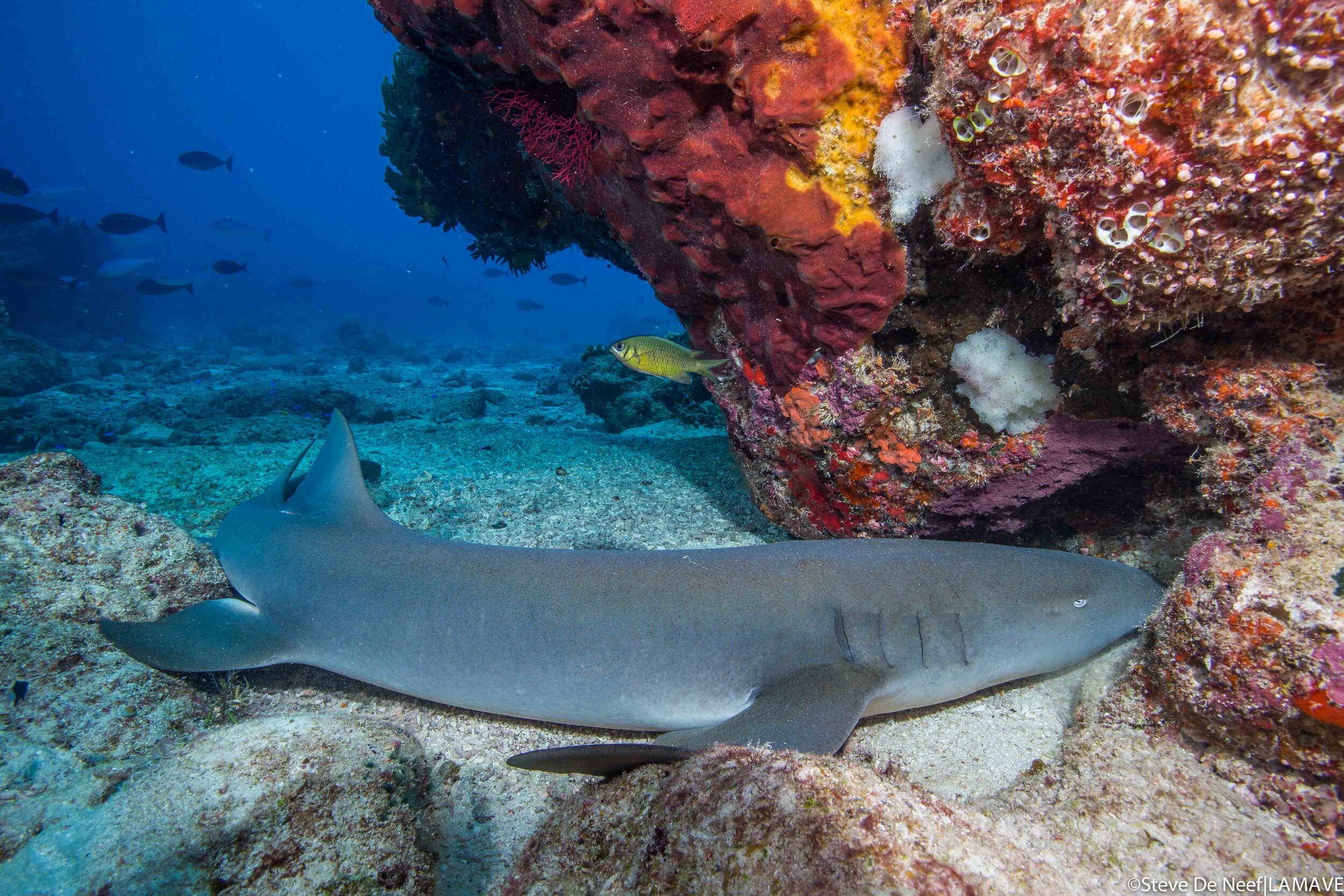
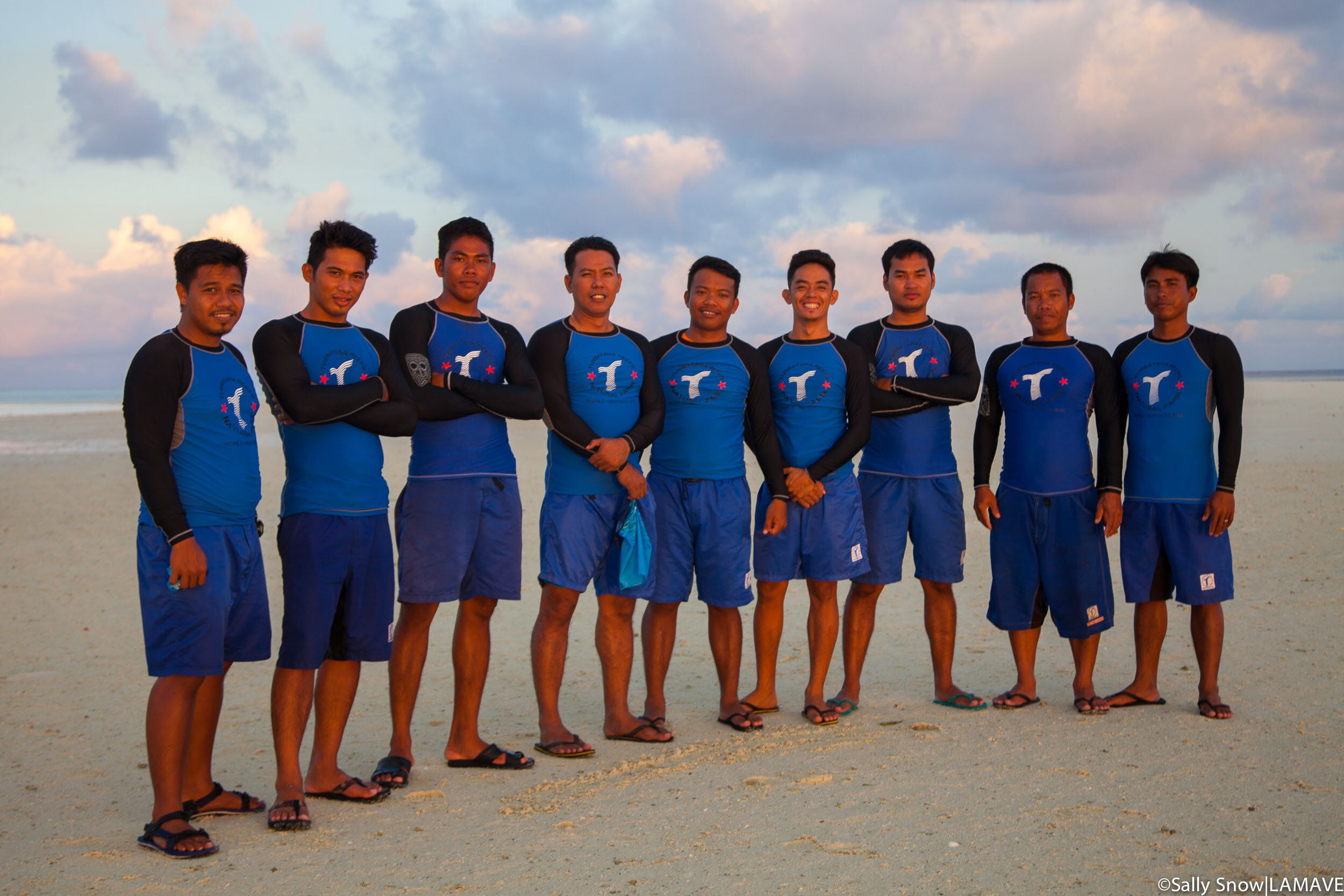

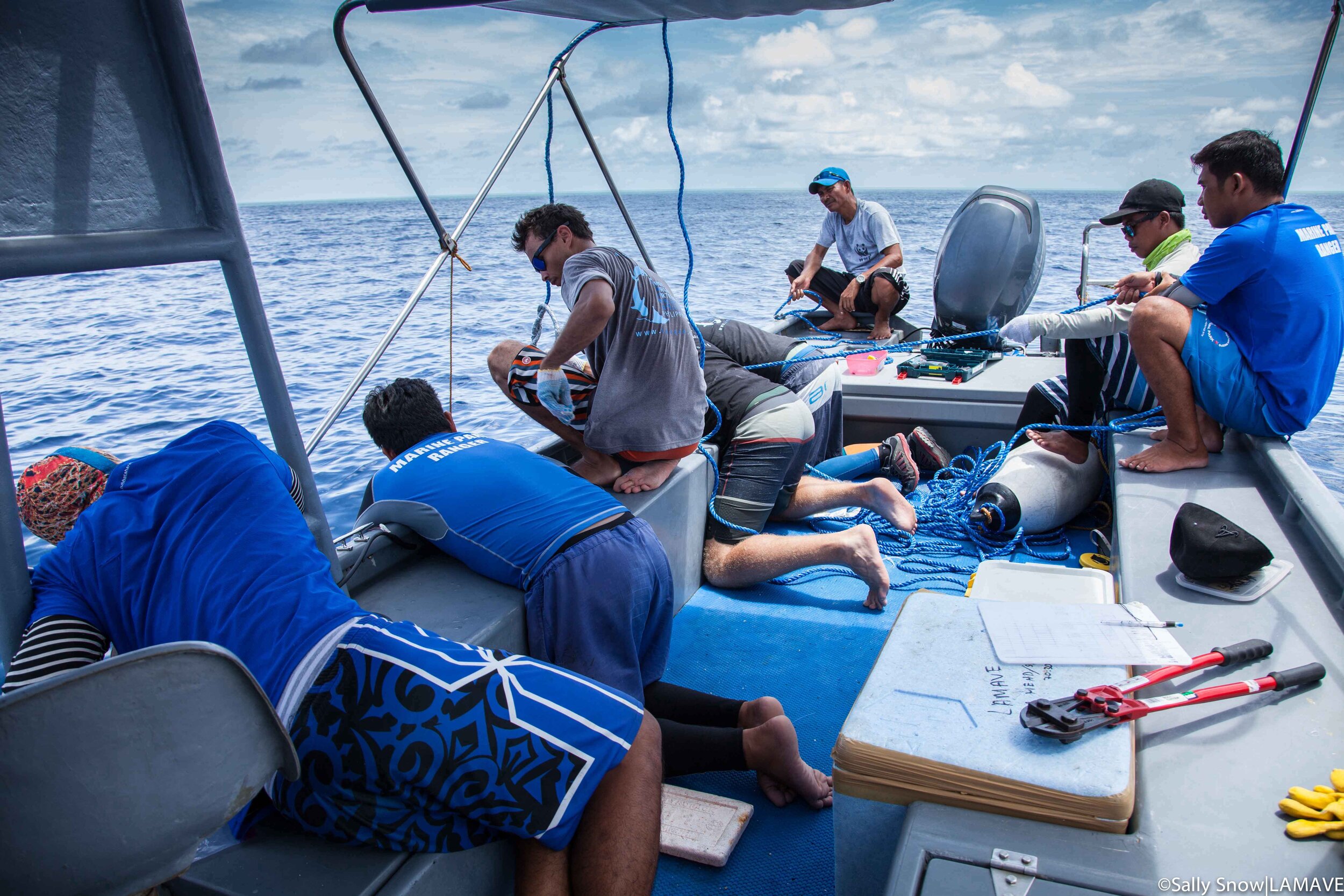
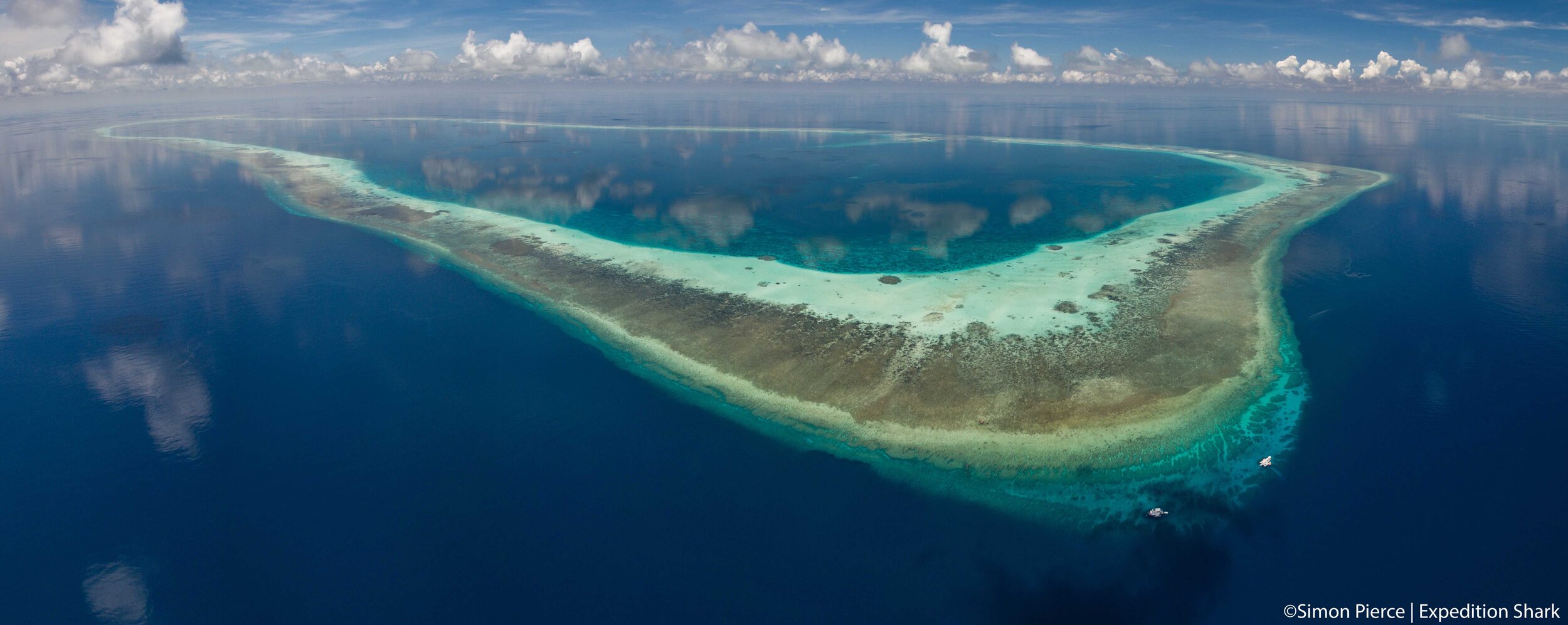










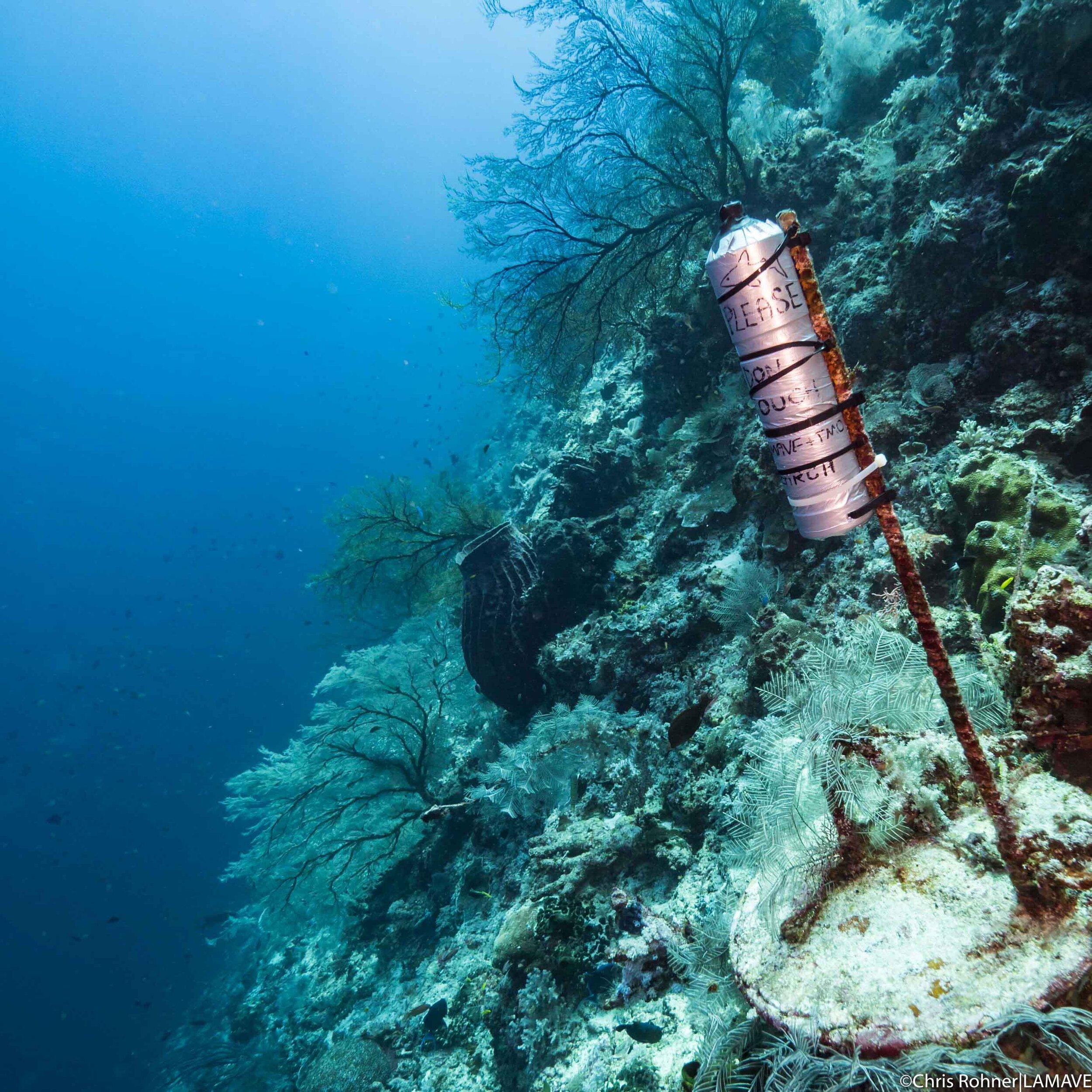
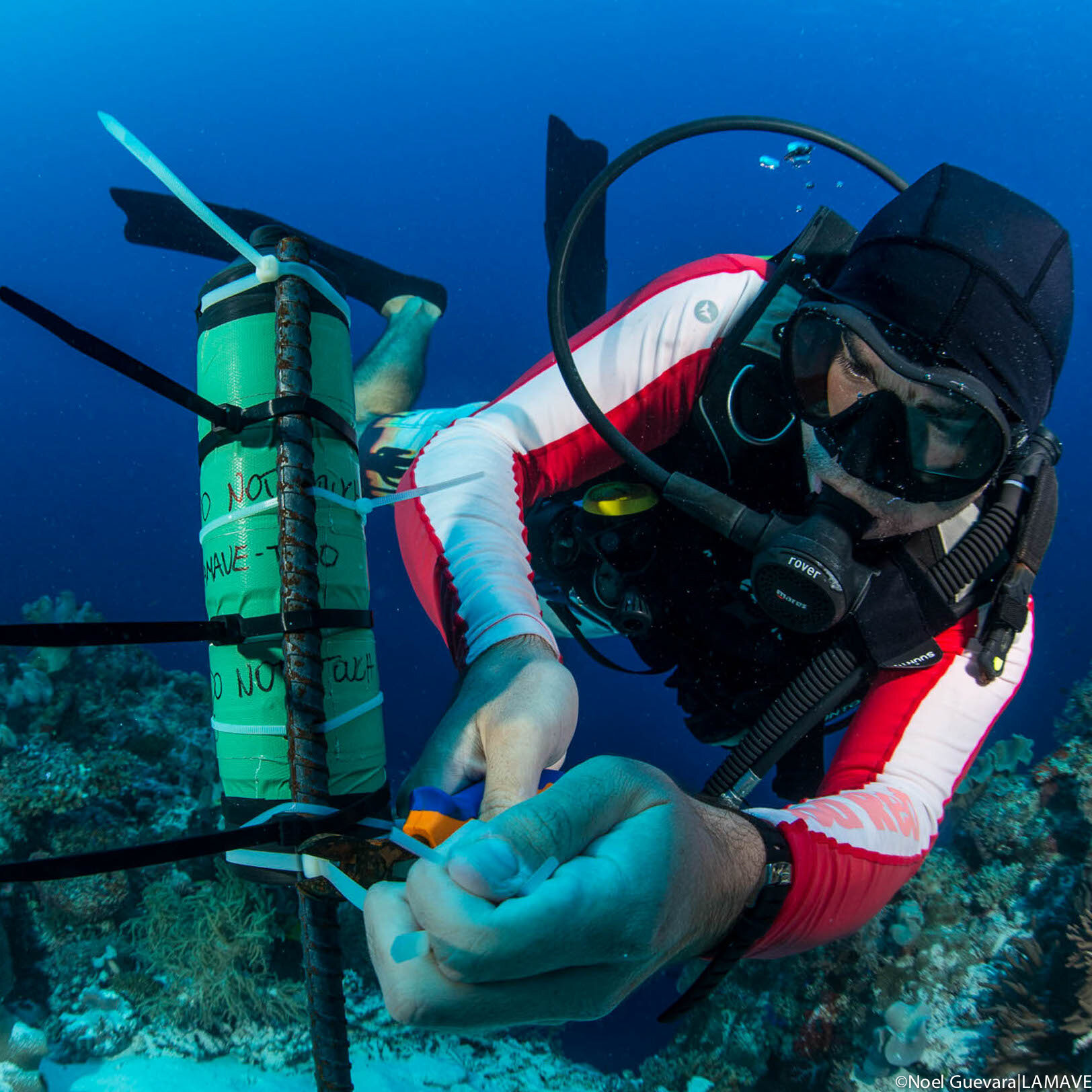
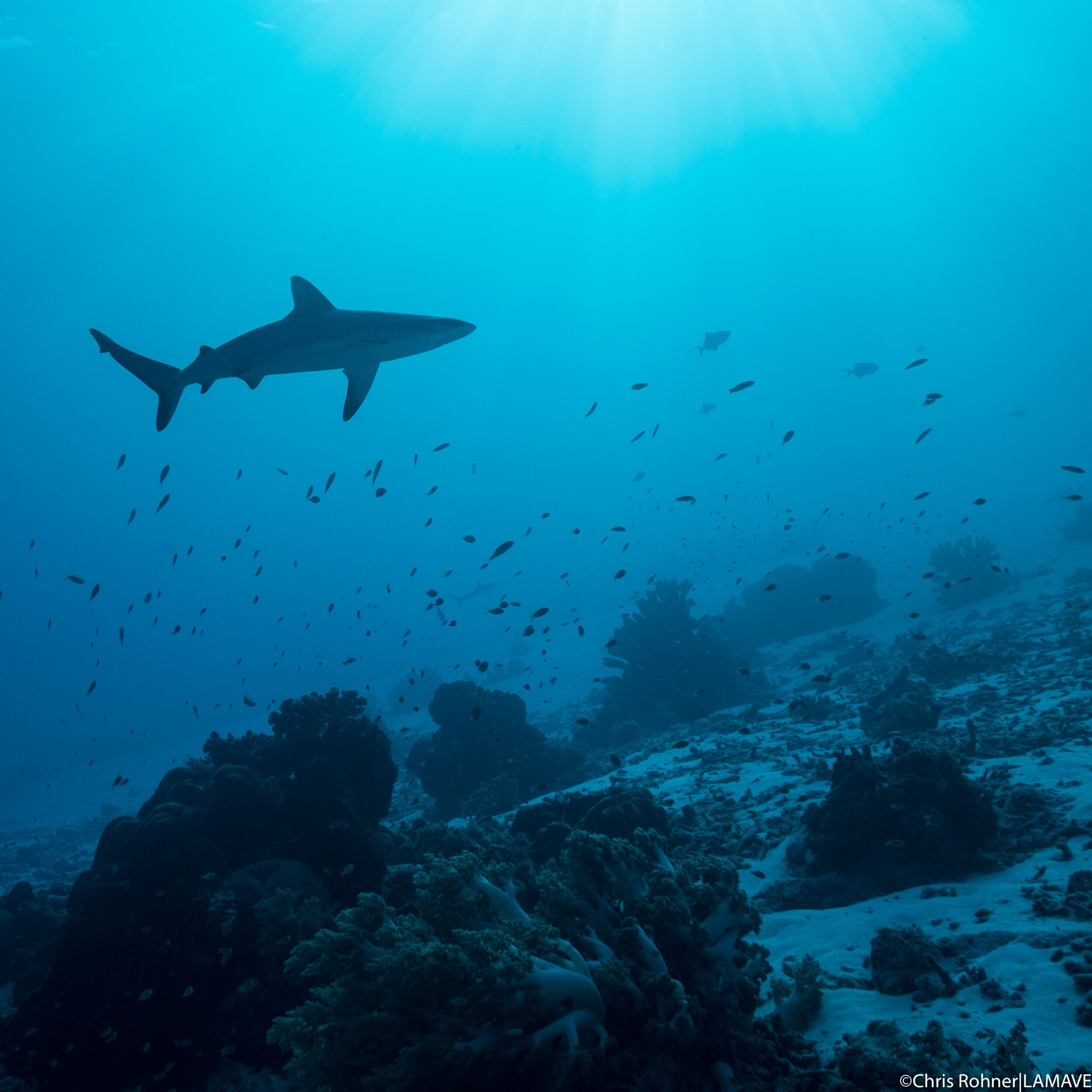
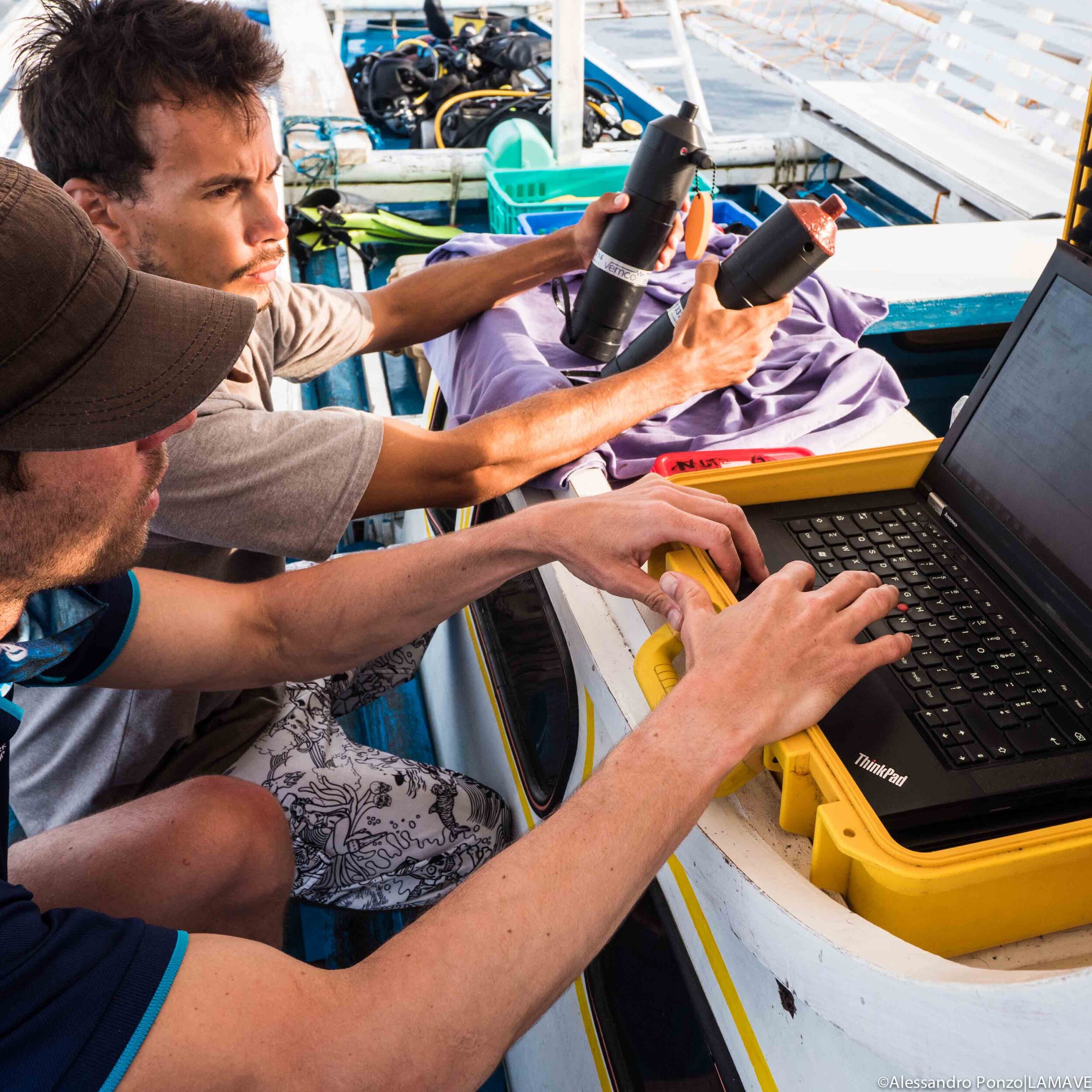






























Whale sharks on the move in Southeast Asia highlight the need for further collaboration in the conservation of the species
Whale sharks tracked moving between the Philippines, Malaysia and Indonesia. For the first time researchers from Large Marine Vertebrates Research Institute Philippines have tracked whale sharks moving between the Philippines and Malaysia, and Indonesia, using satellite tags, photo-identification and citizen science…